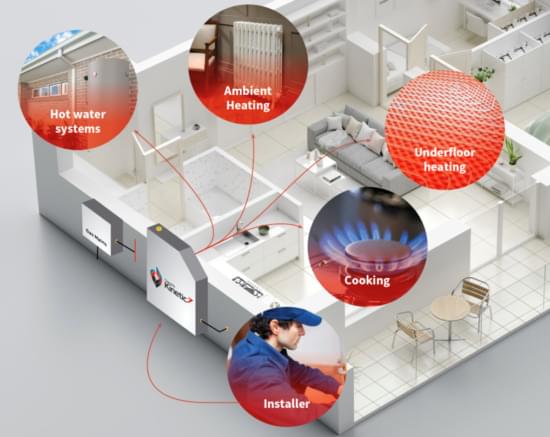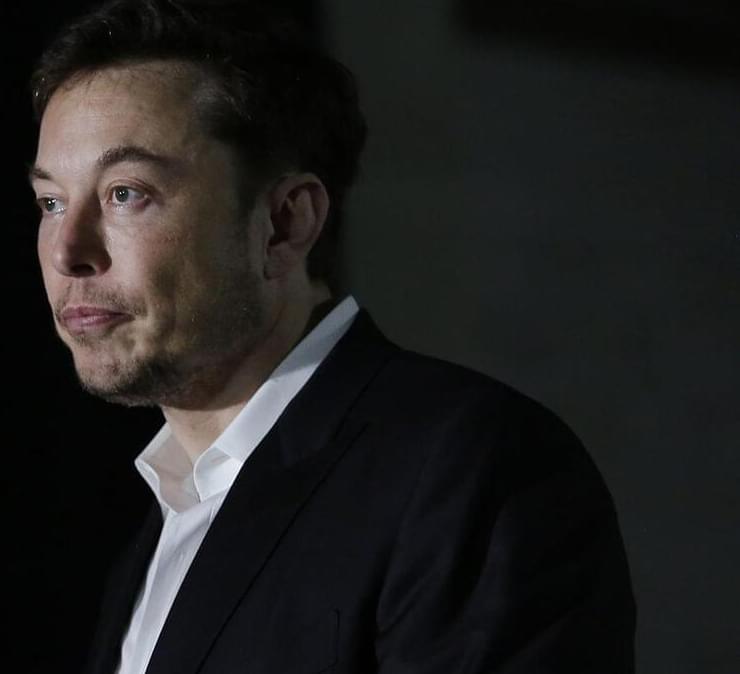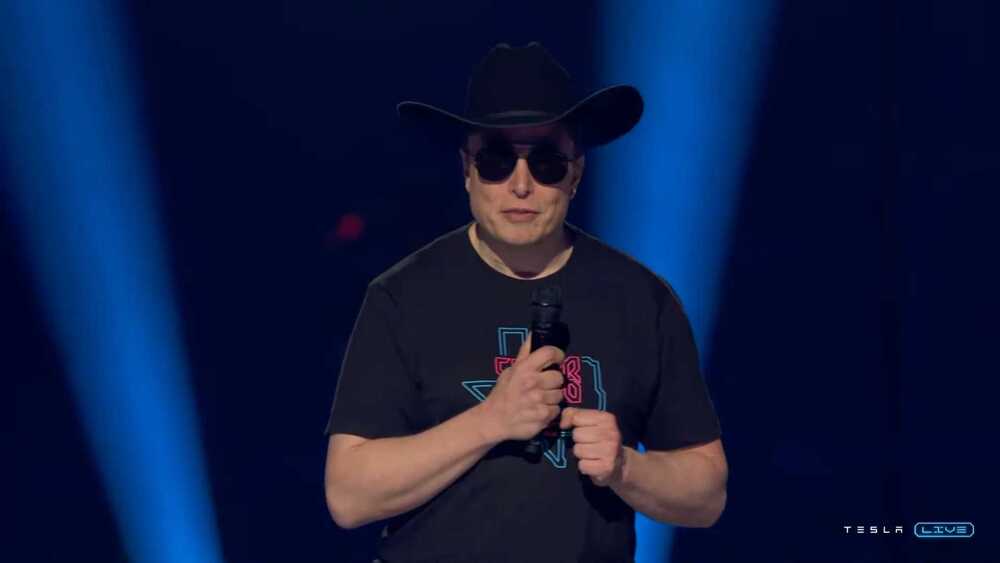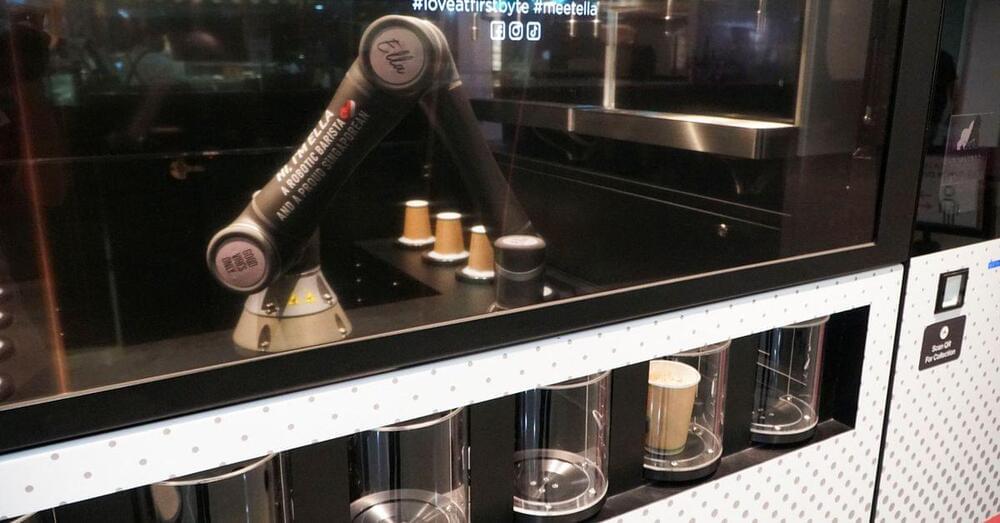Voltage Enterprises is an Abu Dhabi-based company founded a year ago. It describes itself as a disruptive energy innovator. It claims to have invented a zero-carbon emissions fuel that is cheaper than natural gas. It calls the fuel Kinetic 7 ™. The information I received states:
“The clean gas, which is carbon neutral with net-zero emissions, will give global economies access to a cheap, endless supply of clean energy. Importantly, it will allow countries to maintain the security of their gas and energy supplies whilst also meeting their carbon-neutral net-zero targets. This discovery could play a major role in reversing the global energy crisis, significantly reducing energy costs to the consumer and businesses sectors at a time when the cost-of-living crisis is worsening, and inflation has reached a 40-year high.”
If that doesn’t sound fantastic to you then I am surprised. Kinetic 7 is purportedly manna from heaven for the energy industry or represents disruptive change on a global scale. So which is it and what is it?







